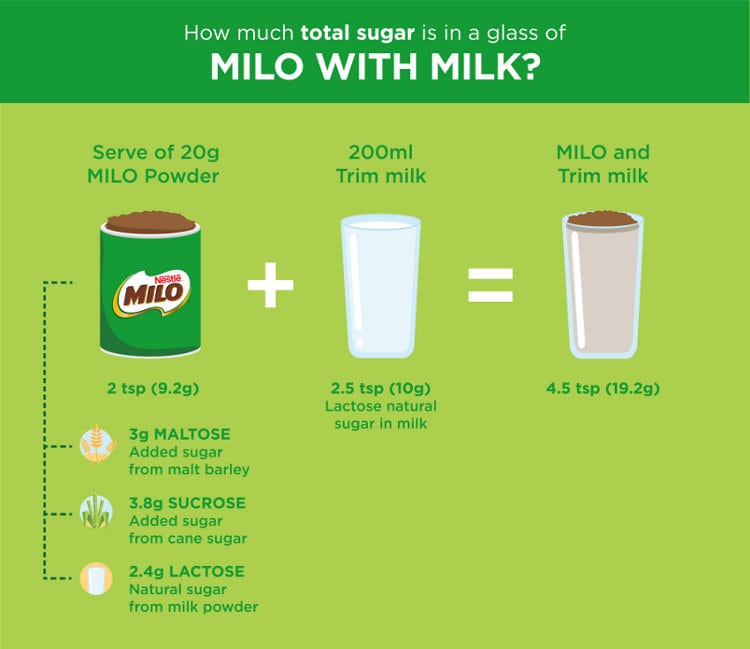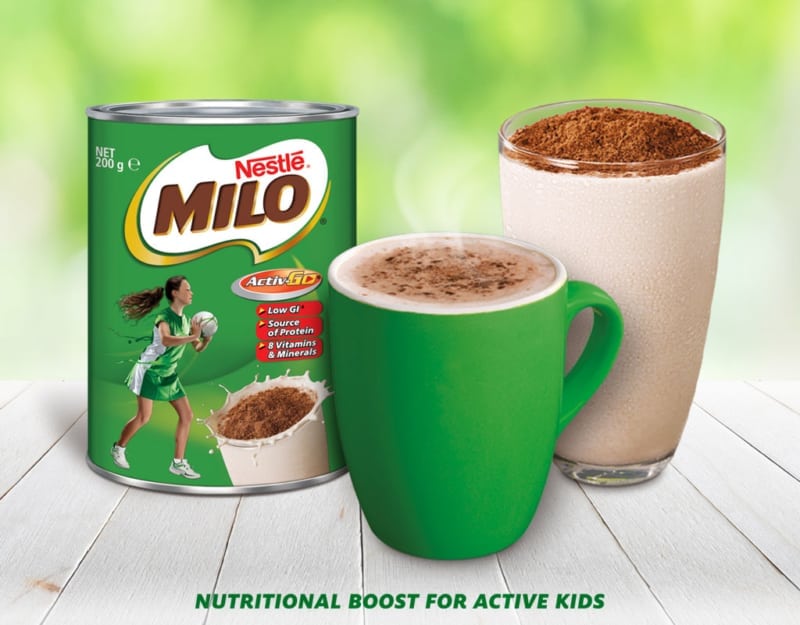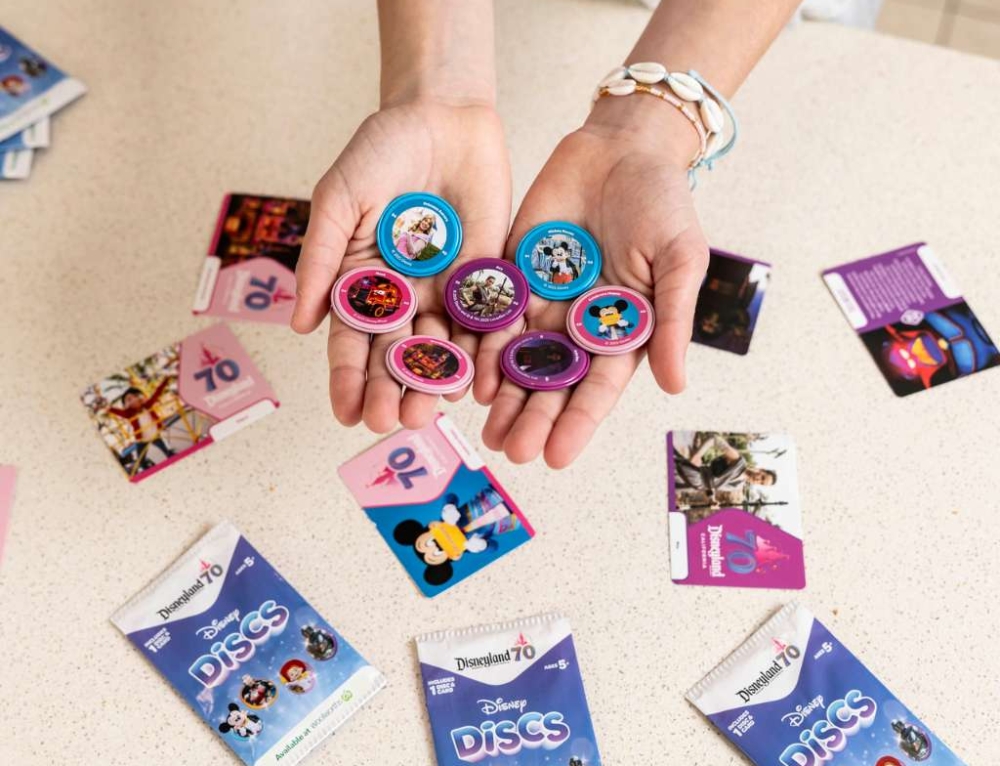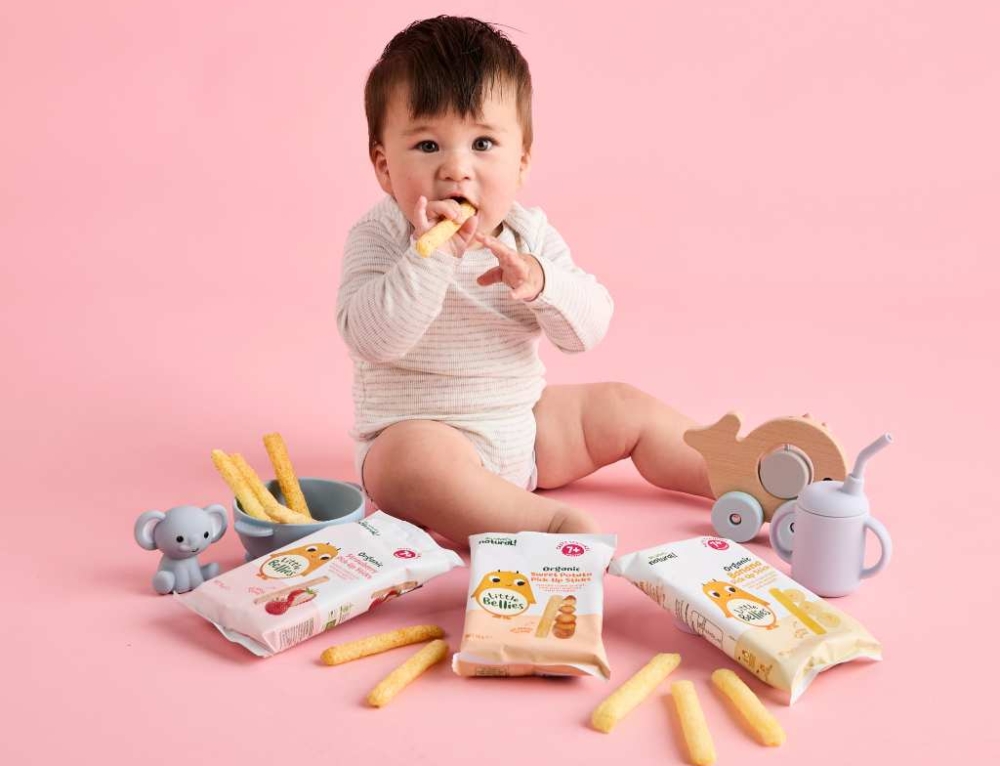Advertorial
Ever wondered about the nutritional benefits of MILO? We put questions from our readers to Michelle McCracken, an Accredited Practising Dietitian and nutritionist at Nestlé .
Question from Amanda C: How is MILO beneficial for school children? We currently make MILO at school two times a week with milk for our local school of 70 children. Why would they recommend us to continue doing this over winter?
A glass of milk with MILO can fit into a healthy balanced diet and help children with nutritional needs to meet the recommended 2-3 serves of dairy foods each day. Adding MILO to milk is a great way to encourage children to drink more milk, while boosting nutrients in their diet. Adding MILO to milk provides more protein, more calcium, more iron and more vitamin D.
Question from Jen W: What does MILO stand for exactly?
The MILO product was named after the Roman mythological character Milon, who was a champion Roman athlete of Greek extraction from Crotona, Italy.
MILO and MILK is a nutritious formulated supplementary food that provides essential nutrients for children who need a nutritional boost. MILO powder is made with five main ingredients; malt barley, milk powder, sugar, cocoa and vegetable oil plus 8 vitamins and minerals (calcium, iron. Vitamin B2, B3, B6, B12, C and D).
We have been supporting kid’s nutritional intakes and encouraging them to lead active lifestyles ever since MILO was first developed in 1934 during the depression, as a direct response to the fact that children were not receiving enough nutrients from their daily diet. Today, 80 years on, the legacy continues with MILO powder helping to provide a nourishing nutrient-rich milk drink to families in 40 countries worldwide.
Question from Brenda C: I thought you could only get Vitamin D from sunshine. How can it be in MILO too?
Our body’s best source of vitamin D comes from safe exposure to sunlight. Vitamin D is also found in a few foods including fish, eggs, milk and fortified foods such as MILO. Vitamin D is an important nutrient for developing strong bones and teeth along with healthy muscles and immune function. A 200ml glass of MILO with milk provides 3.9ug or 39% of the Recommended Dietary Intake of vitamin D.
Question from Shontelle F: How is MILO nutritional? There’s always word that it has a high sugar content?
MILO with milk is a nutritious formulated supplementary food that provides essential nutrients for children who need a nutritional boost. MILO is also a great option for active children.
Children love the cocoa-malt flavour of MILO and it is a great way to encourage children to drink milk, helping to meet the recommended 2-3 serves of dairy foods each day.
MILO provides a range of essential nutrients including protein, calcium, iron, vitamin D and B vitamins. A glass of milk with MILO is also low GI, which means it provides sustained energy to help keep kids going for longer.
Adding MILO to milk boosts the nutritional value of milk, including more protein, more calcium, more iron and more vitamin D.
When looking at the sugar content of MILO powder, it is best to look at the nutritional information per serve, as prepared with milk, as this is how MILO is consumed in the diet. MILO with milk also serves as a nutritional boost for active kids and should be consumed as part of a healthy and balanced diet.
The simple infographic below helps to explain the different types of sugar in a glass of MILO with milk.

Question from Janet S: My son eats very little dairy and I’m concerned about his calcium intake. I know that MILO can help with that but he is already a teenager so is it too late to start trying to up his calcium?
MILO is a great way to encourage children and teenagers to drink more milk. MILO powder is also fortified with extra calcium. Adding MILO to milk boosts the calcium content of milk by 65%.
It’s not too late to start encouraging your teenager to eat more dairy foods to up their calcium. Calcium requirements are actually the highest in young people aged 12-18 years. During childhood and adolescence our bone mass grows significantly. 90% of bone mass is acquired by the age of 18 in girls and by age 20 in boys. The amount of bone mass can keep growing until around the age of 30.
Milk is an important core food and the Dietary Guidelines recommend 2-3 serves of dairy foods for children and at least 3 serves for young people. Good sources of calcium include milk, yoghurt and cheese. Non-dairy sources of calcium include canned fish with bones, green leafy vegetables, legumes, nuts and seeds (especially sesame seeds, including the sesame seed paste tahini), and foods fortified with calcium such as breakfast cereals and MILO added to milk.

Michelle McCracken
Answers have been provided by Michelle McCracken, Nutritionist at Nestlé.
Michelle is an Accredited Practising Dietitian graduating from The University of Sydney in 2003 with a Bachelor of Science in Nutrition (Hon in Dietetics). She has 15 years’ experience working as a dietitian and has a passion for delicious food, cooking and inspiring people to enjoy a healthy diet and lifestyle. Michelle is also a mum to two children and enjoys spending time with her family and keeping active on the weekend.
Answers provided are of a general nature and are not intended to substitute advice from a nutritionist or medical practictioner.
Read more on Kidspot:







great questions and excellent answers. I’m really glad someone asked about the origin of Milo’s name too. How fitting it is, linked with an ancient athlete.
wow!!! what thoughtful and well answered questions. Thank you for asking my question that actually really interesting how they came up with the name Milo and i had no idea Milo had been around that long and in that many countries! My 3 boys will be happy to know ill be giving them more Milo options not just as a warm drink in winter now knowing as a part of a balanced diet its actually really good for them.
I remember when questions were invited about the benefits of milo and I was wondering what would come up. I am pleased I’ve read this now as I have always wondered what the true nutritional benefits are and now I know 🙂
I am pleased I have read this today. My 9yr old is very physically active and doesn’t eat or drink a lot of foods with dairy in it. He does love a nice warm milo made with trim milk and knowing that it has at least 39% of the reccommended intake of Vit D, along with calcium from milk and the energy that Milo has gives me great reassurance that he is drinking something good for him.
My kids love Milo and to have these questions answered has given me peace of mind about what they are consuming! Thanks for the article!
Ours kids actually love milo made with Milk so it is great that it has lots of nutrients that the kids will benefit from. One of our boys hate milk by itself or any dairy so by having Milo I know he will be getting extra calcium he needs. With the sugar in milo it hasn’t impacted there teeth at all the 3 of our kids have perfect teeth and no fillings at all. It’s interesting to hear where the word milo came from as I had never thought about it.
Interesting read. I don’t give our 5 year old Milo (or any kind of drink like that) very often due to the sugar etc – she really doesn’t need that in her diet to be honest. We used to give her a chocolate drink in the mornings, but stopped that and I just give her a little warm water and added honey, she loves it. We still give her a treat of Milo or similar occasionally though as they still need to have some treats!!